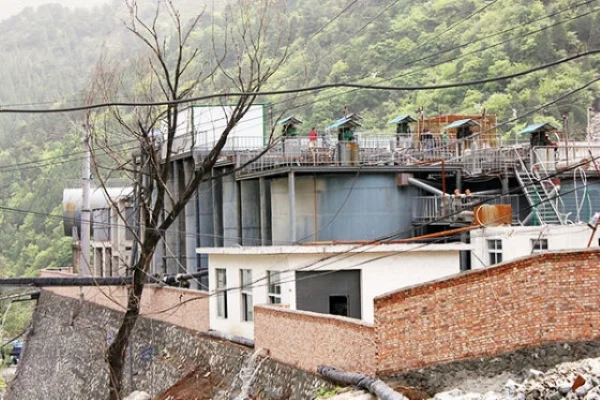
In the gold cyanidation mineral processing industry, sodium cyanide holds a crucial position. It is not only one of the most vital production materials in the entire cyanidation production operation but also a highly toxic substance. The consumption cost of sodium cyanide accounts for 30% - 35% of the direct production cost of cyanidation operations. Therefore, taking measures to reduce its consumption is the key to effectively controlling production costs and also creates conditions for reducing environmental pollution. Through on - site production practices in cyanidation operations, after optimizing various production process conditions, the consumption of sodium cyanide has significantly decreased, generating considerable economic benefits.
1. The Significance of Reducing Sodium Cyanide Consumption
1.1 Cost - saving Aspect
The high proportion of sodium cyanide in production costs directly impacts the overall economic efficiency of enterprises. For every unit reduction in sodium cyanide consumption, a significant amount of production cost can be saved. In a large - scale gold cyanidation plant, even a small percentage decrease in sodium cyanide consumption can translate into substantial savings over time, which can be reinvested in other aspects of production, such as equipment upgrades or technological innovation.
1.2 Environmental Protection
Sodium cyanide is highly toxic. Any excessive use not only increases the risk of environmental pollution but also poses a threat to the ecological environment and human health. By reducing sodium cyanide consumption, the amount of potentially harmful substances discharged into the environment is also reduced. This helps to minimize the negative impact on soil, water sources, and air quality, fulfilling the social responsibility of the mining industry towards environmental protection.
2. Optimization of Production Process Conditions
2.1 Ore Pretreatment
Grinding Fineness Adjustment: Optimizing the grinding fineness of the ore is crucial. If the grinding fineness is too coarse, the gold particles may not be fully exposed, resulting in inefficient cyanide leaching. Through experimental research, it was found that adjusting the grinding fineness to an appropriate range can increase the contact area between the gold and the cyanide solution, improving the leaching rate while reducing the amount of sodium cyanide required. For example, in a certain gold mine, by increasing the - 200 mesh fineness from 65% to 75%, the sodium cyanide consumption per ton of ore decreased by about 0.2 kg.
Ore Conditioning: Pretreating the ore with certain reagents before cyanidation can improve the leaching environment. Adding lime to adjust the pH value of the ore pulp can inhibit the activity of some harmful substances in the ore, such as sulfides, which can consume sodium cyanide. At the same time, an appropriate pH value can promote the formation of the gold - cyanide complex, improving the leaching efficiency. Generally, maintaining the pH value of the ore pulp at around 10 - 11 is beneficial for reducing sodium cyanide consumption.
2.2 Cyanidation Leaching Process
Leaching Time and Temperature: The leaching time and temperature have a significant impact on the cyanidation process. Prolonging the leaching time can increase the gold extraction rate, but it also increases the consumption of sodium cyanide. Through kinetic studies, an optimal leaching time was determined for different types of ores. In addition, controlling the leaching temperature within a reasonable range can also improve the leaching efficiency. For example, for some refractory gold ores, increasing the leaching temperature from 25°C to 35°C can shorten the leaching time by about 20%, while reducing the sodium cyanide consumption by about 15%.
Aeration Control: Adequate aeration is necessary for the cyanidation reaction, as oxygen is an important reactant. However, excessive aeration can cause the oxidation of cyanide, increasing its consumption. By installing an accurate aeration control system, the amount of oxygen introduced into the leaching tank can be precisely controlled. In practice, it was found that by reducing the aeration volume by 20% under the premise of ensuring the leaching effect, the sodium cyanide consumption could be reduced by about 10%.
2.3 Tailings Treatment
Tailings Recycling: Recycling the tailings can not only recover valuable metals but also reduce the amount of sodium cyanide in the tailings. By using advanced tailings re - selection technologies, such as flotation or gravity separation, a certain amount of gold and other metals can be further recovered from the tailings. This reduces the loss of gold and also reduces the need for additional sodium cyanide in subsequent production.
Tailings Detoxification: After the cyanidation process, the tailings still contain a certain amount of sodium cyanide. Implementing effective tailings detoxification measures, such as using hydrogen peroxide or sulfur dioxide - air for detoxification, can decompose the remaining sodium cyanide in the tailings, reducing environmental pollution and also reducing the potential for sodium cyanide to be recycled in the production system, thereby reducing overall consumption.
3. Technological Innovation and Equipment Upgrades
3.1 New Cyanide - Free Leaching Technologies
Thiosulfate Leaching: Thiosulfate leaching is a promising alternative to cyanide leaching. This method uses thiosulfate as the lixiviant, which is less toxic than sodium cyanide. Although the thiosulfate leaching process has some challenges, such as complex reagent systems and relatively low leaching rates for some ores, continuous research and improvement are being carried out. In some pilot - scale tests, the use of thiosulfate leaching has achieved similar gold extraction rates to cyanide leaching while significantly reducing the environmental risk and the cost associated with handling toxic substances.
Biological Leaching: Biological leaching uses microorganisms to oxidize the gold - bearing minerals, making the gold more easily leachable. This technology has the advantages of low energy consumption, environmental friendliness, and potentially lower reagent costs. Although the application of biological leaching is currently limited to some specific types of ores, with the development of biotechnology, it may become a more widespread alternative to traditional cyanide leaching in the future.
3.2 Advanced Equipment Application
High - Efficiency Mixing Equipment: Installing high - efficiency mixing equipment in the cyanidation tank can improve the mixing uniformity of the ore pulp and the cyanide solution. This ensures that the gold particles are evenly exposed to the cyanide solution, improving the leaching efficiency. New - type mixing equipment with adjustable impeller speed and structure can better adapt to different ore properties and leaching requirements, reducing the consumption of sodium cyanide by about 10% - 15% compared to traditional mixing equipment.
Automated Control Systems: Implementing an automated control system for the cyanidation production process can accurately monitor and adjust various process parameters in real - time. Parameters such as the addition amount of sodium cyanide, pH value, aeration volume, and leaching time can be adjusted according to the actual production situation. This precise control not only improves the stability of the production process but also effectively reduces the waste of sodium cyanide. In a gold mine that has implemented an automated control system, the sodium cyanide consumption has decreased by about 20% compared to the manual control stage.
4. Economic and Environmental Benefits
4.1 Economic Benefits
Through the above - mentioned measures to reduce sodium cyanide consumption, significant economic benefits have been achieved. Taking a medium - sized gold cyanidation plant with an annual ore processing capacity of 500.000 tons as an example, before the implementation of optimization measures, the sodium cyanide consumption per ton of ore was 1.5 kg, and the price of sodium cyanide was 4.000 yuan per ton. After the implementation of various optimization measures, the sodium cyanide consumption per ton of ore decreased to 1.0 kg.
In addition, due to the improvement of production efficiency and the reduction of waste, the overall production cost has been further reduced, and the profit margin of the enterprise has increased significantly.
4.2 Environmental Benefits
The reduction in sodium cyanide consumption has also brought significant environmental benefits. The amount of toxic substances discharged into the environment has been greatly reduced. Assuming that the original sodium cyanide discharge in the tailings was 0.5 kg per ton of ore, and after the implementation of optimization measures, it decreased to 0.2 kg per ton of ore.
This reduction in sodium cyanide discharge helps to protect the surrounding water sources, soil, and air quality, reducing the potential negative impact on the ecological environment and human health.
In conclusion, through continuous optimization of production process conditions, technological innovation, and equipment upgrades, the gold cyanidation mineral processing industry can effectively reduce the consumption of sodium cyanide. This not only brings significant economic benefits to enterprises but also makes important contributions to environmental protection. It is believed that with the continuous development of technology and the increasing emphasis on environmental protection, more advanced and environmentally friendly methods will be applied in the gold cyanidation mineral processing industry, further reducing the consumption of sodium cyanide and promoting the sustainable development of the industry.
- Random article
- Popular articles
- Popular comments
- Tin ore gravity+flotation process
- Iron ore positive flotation process
- Arsenic Gold Ore Oxidation Roasting Pretreatment Process
- Understanding the Manganese Ore Flotation Process
- Titanium Ore Processing: Magnetic Separation and Flotation
- Titanium Ore Processing: Magnetic Separation, Gravity Separation, Flotation
- Tantalum-Niobium Ore Processing: Gravity, Magnetic, and Electric Separation




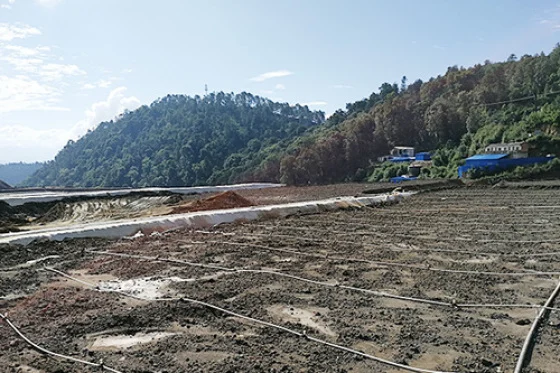
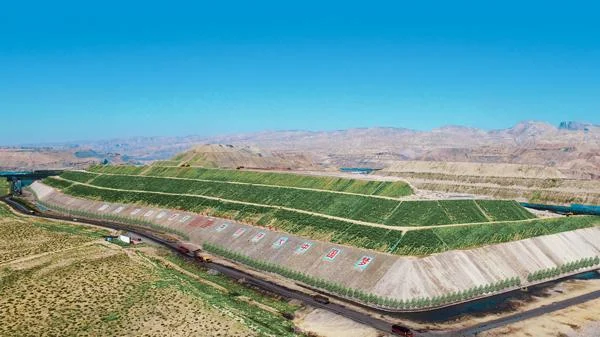

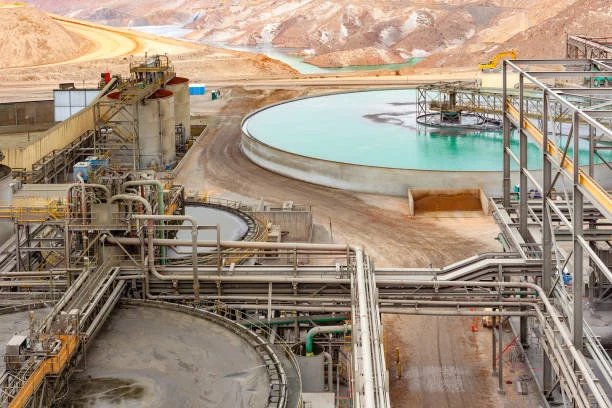

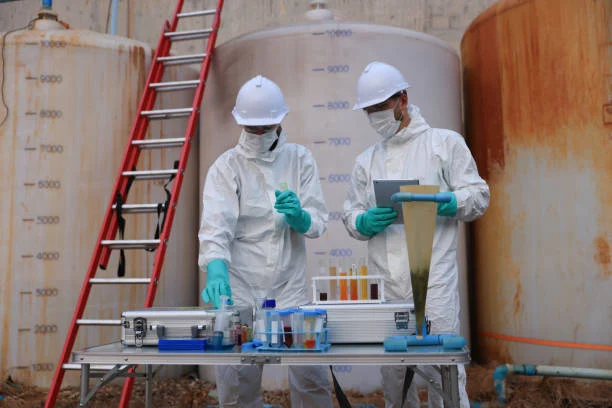
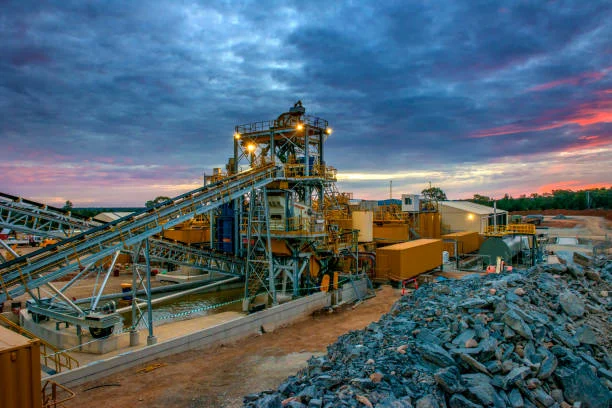
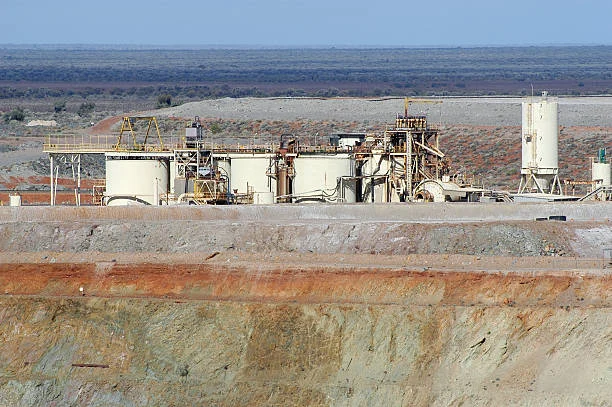
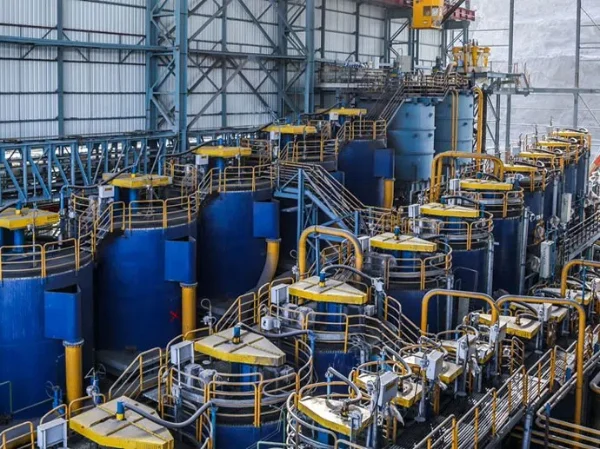
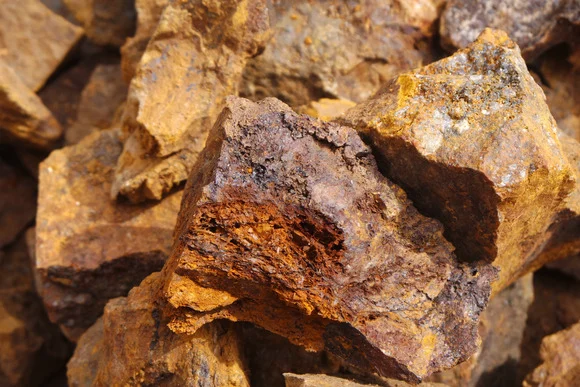

Leave a message with your needs or comments
Add comment: